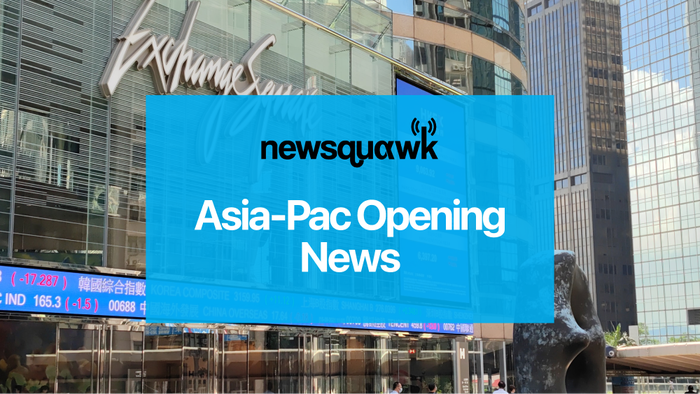Copyright MassLive

Once the undisputed king of home entertainment, the cable empire has quietly crumbled — undone by changing viewing habits and a decade of subscriber losses. In just over a decade, about a million Massachusetts households “cut the cord” — in which traditional cable packages have been replaced by streaming giants like Netflix, Hulu, Disney+, and YouTube. State data shows cable subscriptions in Massachusetts have fallen almost 45% from their peak dropping from 2.19 million in 2013 to fewer than 1.2 million as of December 2024 — far lower than in 2000 when state data began. A town-by-town Massachusetts map shows that some cities have lost 60% to 70% of their cable subscribers since 2015. But big cable providers — the biggest of them being Comcast — are shrugging off these losses and still beating profit projections. Here’s how they’ve been able to collect money even from those who cut their cable plans. Comcast’s shift from cable to connectivity “The video marketplace has undergone massive change over the past 10 years, so subscriber numbers alone don’t tell the whole story,” a Comcast spokesperson told MassLive. “U.S. pay-TV homes have declined from about 100 million to 50 million today, yet the number of choices consumers have to watch content has grown significantly.” Of that 50 million national loss, at least 670,000 subscribers were from Massachusetts — including 171,000 between 2006 and 2012 alone. Despite those declines, Comcast remains Massachusetts’ largest cable provider and a major internet provider. The company says it’s adapted to the streaming boom by leaning into broadband — the very service powering the platforms replacing cable. “The broadband environment remains intensely competitive, which we do not expect to change anytime soon,” said Mike Cavanagh, Comcast Corporation president, during the company’s October 2025 earnings call. “Strong, consistent WiFi remains the number one factor driving customer choice, and this is where we excel.” A spokesperson added that consumers now have “more choices for the content they want to watch than ever before, powered by our broadband network.” Read more: A million Mass. households say goodbye to cable in massive 12-year collapse Comcast’s business today stretches far beyond traditional cable, a portfolio that allows the company to not only survive — but thrive. The company points to its Xfinity Mobile service, theme parks, broadband, and film operations as key drivers of growth. “Total company revenue declined about 3% year over year, primarily due to the tough comparison to last year’s Paris Olympics,” Comcast Chief Financial Officer Jason Armstrong said during its Q3 earnings call. “Excluding that impact, revenue increased nearly 3%, driven by strong performance across our six growth businesses, highlighted by nearly 20% growth in Theme Parks and 14% growth in domestic wireless.” While Comcast lost 104,000 broadband subscribers during the quarter, it saw gains in wireless net services and residential phone connects. Overall, the company reported $31.2 billion in revenue for Q3 2025, beating Wall Street’s forecast of $30.7 billion.



